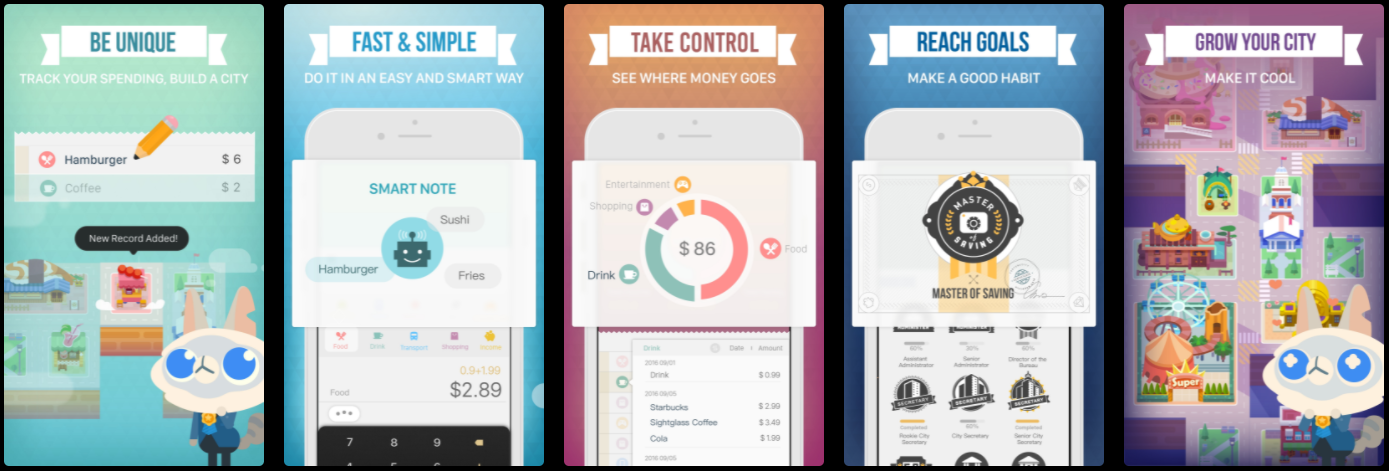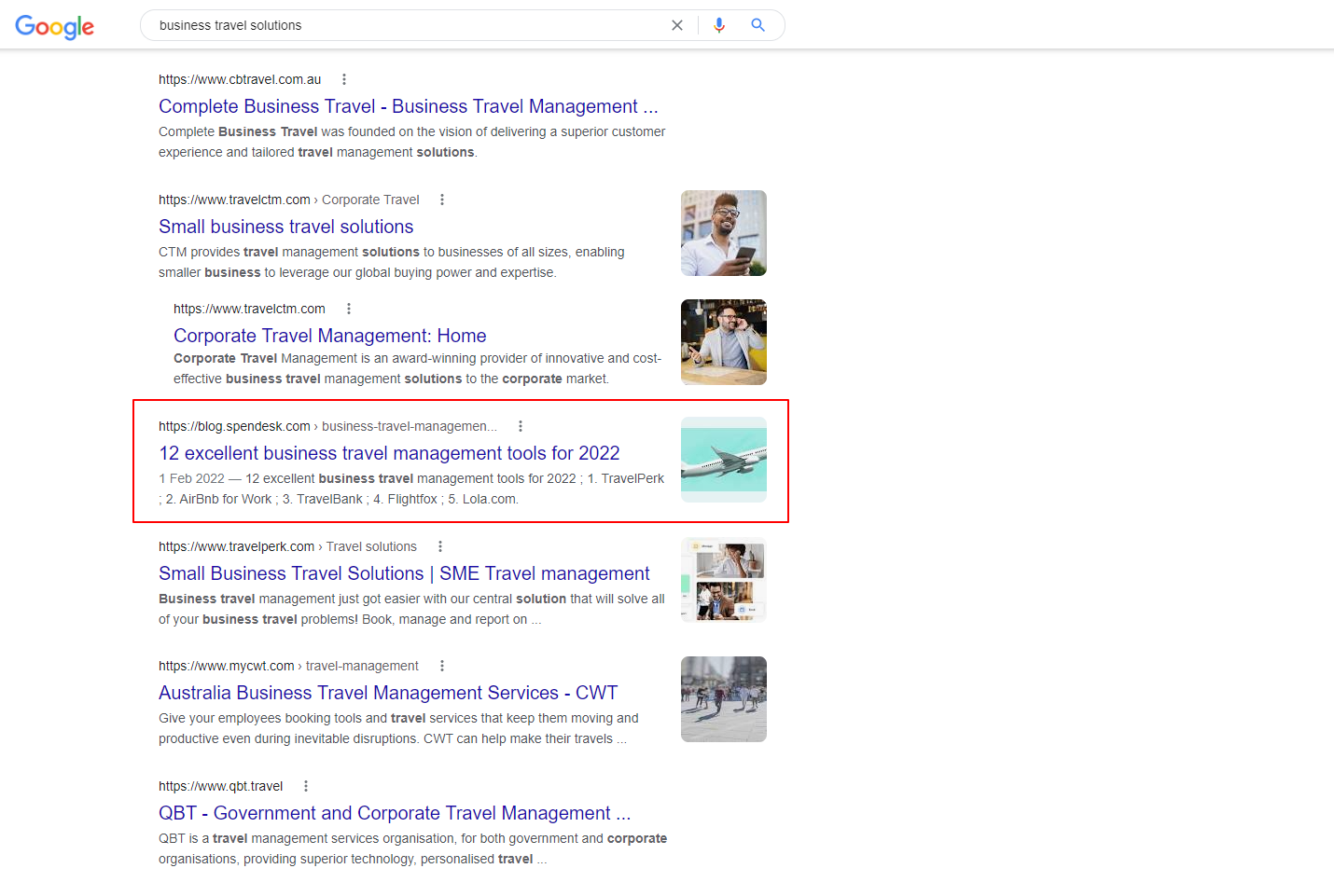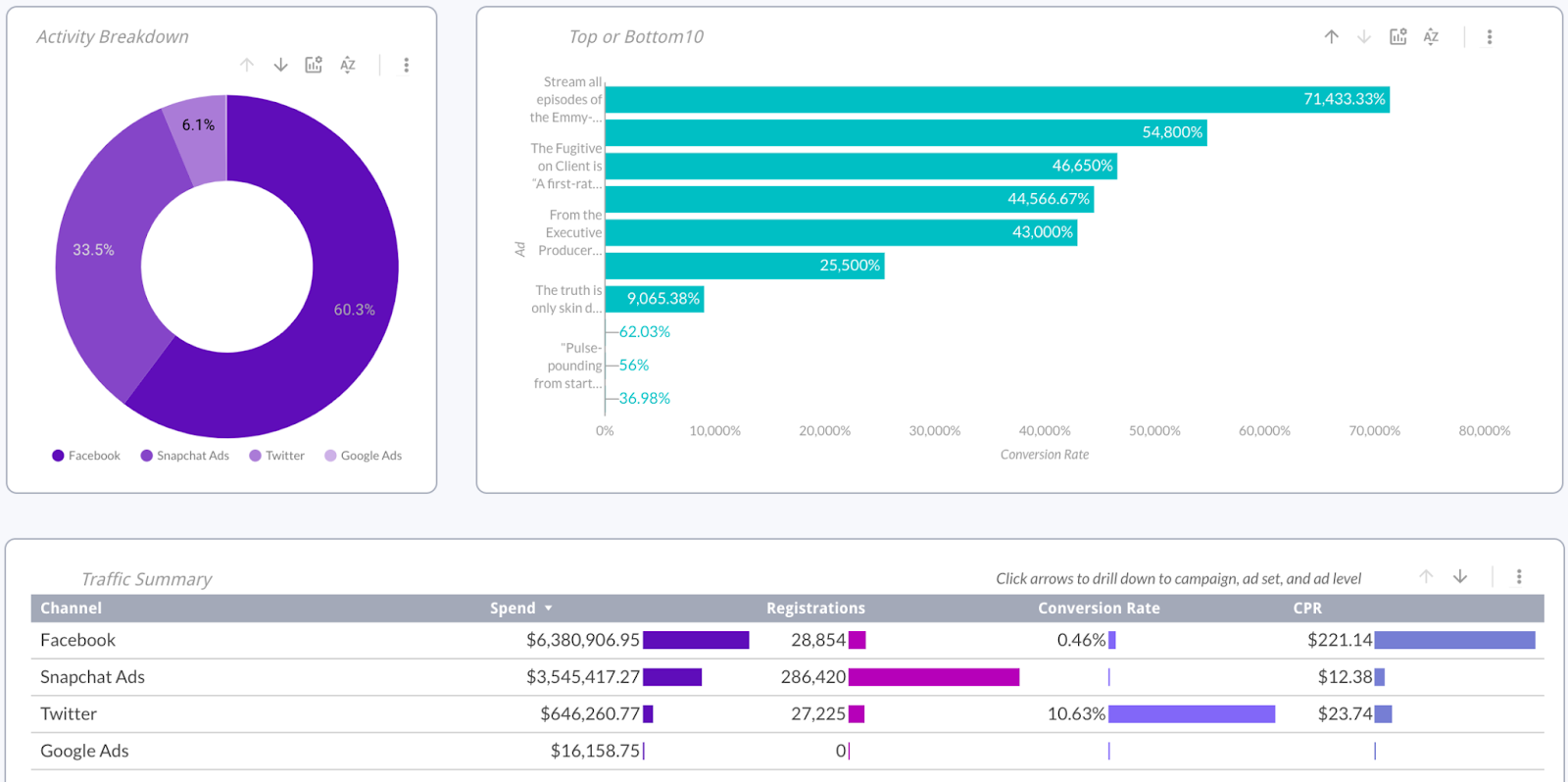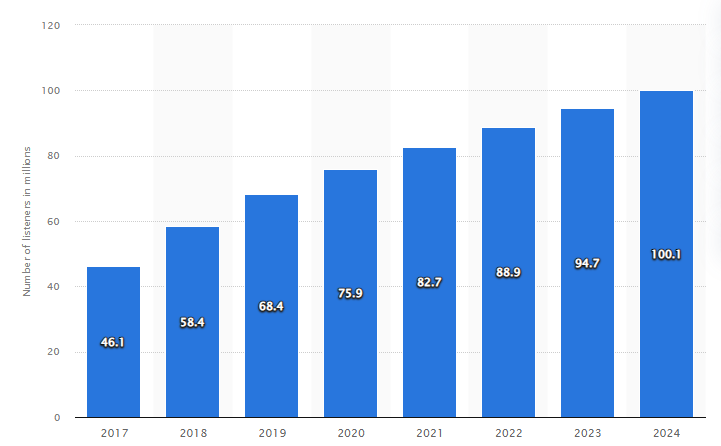It is clear through the number of unicorns (businesses valued at over $1 billion) being established each year that the Fintech industry is growing at an unprecedented pace. Approximately 40% of all the unicorns worldwide came up in the first eight months of 2021. Moreover, Fintech companies made up a third of all unicorns in 2021.
The increase in customer numbers means that there are more market opportunities, and that the struggle for market share has increased. Plus, 75% of venture-backed fintech companies fail in their first year. That's why with an increasing number of clients, it's crucial to develop a well-thought fintech marketing strategy to gain momentum and be on par with competitors from your niche.
In this post, we'll look at some proven fintech marketing strategies that increase customer motivation and engagement. Let’s start by quickly looking at what fintech marketing is.
What is Fintech marketing?
Fintech marketing includes a compilation of marketing strategies designed only for fintech (financial technology) firms. These businesses are implementing innovative technology to enhance and eventually automate the supply and use of financial services to consumers.
When done right, the right set of fintech strategies can help you get closer to your customers and interact with them more effectively. These strategies have the following objectives at heart:
- Driving higher traffic towards the app or website
- Encouraging customer loyalty and building a powerful community
- Expanding your existing line of financial service offerings
- Strengthening customer acquisition process, leading to more sales and revenue growth
- Generating opportunities to create user-generated content, and evangelists for your brand
Fintech content falls into the YMYL (Your Money or Your Life) category, which means an extra layer of fact-checking and expertise goes into stepping up your marketing communication game.
Fintech marketing strategies to adopt
Fintech marketing largely focuses on establishing credibility and garnering clients' confidence. Let us explore a few fintech marketing strategies that have been successful at achieving that for various fintech firms.
#1. Implement gamification for the win
Gamification is one of the most common marketing tactics used in today’s financial services industry. In fact, it is trending so much these days that the gamification market is likely to grow to more than $30 billion in 2025!
The term “gamification” stands for the application of game-like aspects to normal, everyday tasks or activities. It's frequently used to improve the user experience by encouraging behavioral change and increasing customer motivation.
Badges, incentive systems, or even features like progress bars could be great ways of providing a game-like experience through your app. Exploring fintech development services can be a strategic move for companies looking to innovate and enhance their financial technology solutions.
The rationale behind gamification is straightforward — it increases brand equity and engagement in your app. Ultimately, this makes your app stand out, which is more crucial now than ever.
Example: Fortune City
Gamification can range from a few minor tweaks in your fintech app to a full-fledged game. Fortune City, without a doubt, is the latter. While the software advertises itself as a means to "monitor your spending," it also serves as a personal city planner.
If you buy transportation tickets regularly, for example, railways and bus stops will appear in your city. Virtual sims can then use your transportation system to get to occupations that you allocate to them based on their abilities. These tasks will reward you with money that you may use to compete with your friends. There are also detailed graphs and formula sheets if the user wants to go deeper into the data and indulge their inner nerd.

The innovative gamification of everyday transactions and activities of users has successfully helped in keeping them engaged and coming back for more. Fortune City won the Google Play Store's Android Excellence award in 2018, and since then, 30 million individuals have visited it.
Pro Tip: Integrate gamification into your website or app experience and aim to engage and reward customers to build a more loyal customer base.
#2. Create enriched content
Content marketing has been a tried-and-trusted method to engage an audience over time. Know that consistent content marketing effort is the missing link in genuinely successful marketing campaigns and growth plan for fintech companies.
Many fintech brands use different content types in the right manner, and gain long-term momentum and an advantage over "noisy" competition.
These fintech companies — mostly market leaders in personal and business finance — can easily use content in their fintech marketing efforts to generate sales and rewire the way society manages money. Not just well-written material with entertaining graphics that drive traffic; we're talking about content that converts visitors into paying clients.
Example: Spendesk
Spendesk is a holistic spend management platform for finance teams. For example, if you’re into eCommerce fulfillment, you can measure, track, save, and evaluate your spending habits to vendors, customers, and team members to make better financial decisions.
Their content marketing strategy has turned out to be quite helpful for ranking high on the search engine result pages. Spendesk has an extremely intentional SEO strategy and targets highly intentional keywords through their blogs. It also ranks for tool and product keywords through comparison posts.
This fintech marketing strategy works great to increase conversions as the users who look for these keywords have their intent set and are usually at the bottom of the marketing funnel. Take a look at this example:

Here, they curate a comprehensive list of solutions and put their services on top to capture high-quality leads.
Pro Tip #1: Create relevant content that can not only engage and educate but also inform customers of your expertise. This can help you drive more conversions through content marketing strategies.
Pro Tip #2: Track the performance of your blog posts, video content, and social media campaigns. Without proper analytics, you can’t say exactly which efforts drive the most growth for your brand. Marketing and sales platforms, such as Improvado, can extract marketing data from 500+ data sources and merge all insights on a unified dashboard. In this way, marketing teams don’t have to spend hundreds of hours on manual reporting and can dive straight into the analysis.
#3. Connect by building a community
A community-led marketing approach and the benefits of that strategy in terms of Customer Acquisition Cost,retention rate, and business growth are worth bragging about. It has the potential to be a tremendous growth strategy and isn’t something that can be established overnight.
It takes time and continuous, genuine effort to cultivate a powerful community that readily engages with your business. Airdropping some tokens into the wallets of early adopters will not cut it. Instead, brainstorm some strategies, like forums or communities in messenger, such as Slack, for the existing customers to engage with each other.
For example, if your company offers cryptocurrency-related solutions, you can hold frequent question-and-answer sessions on social media. You can solve common queries regarding crypto portfolio rebalancing tools or offer advice about the best Ethereum wallets in the market. Such initiatives show your customers and potential leads that you actually care about solving their finance-related woes or adding value through the brand’s efforts.
Example: Monzo
Monzo wanted to be known for providing amazing customer service in an increasignly saturated market and successfully securing crowdfunding, besides gaining new clients.
Rather than burying terms and conditions in banking language and talking down to its customers, Monzo turned the concept of the fintech app on its head, establishing "radical openness" as the foundation of their campaigns. Forget about marketing methods used by traditional financial institutions and traditional media.
Instead, Monzo emphasized open and honest communication with potential customers. Radical transparency meant sharing internal communications with clients and publishing annual profitability reports for Monzo.
When the Monzo team made a mistake, they were honest about it, and the feedback they received (contrary to popular belief) was almost unanimously positive. New customers admired Monzo's willingness to accept its mistakes, and aggressive steps to correct them and improve customer service.
Their thought process behind this was to treat people like individuals rather than accounts. Cleints' demands were prioritized in Monzo's campaign, which made it more tempting for new ones to invest and take part in the crowdfunding effort.
Pro Tip: By building a powerful community for your brand and adopting customer centric approach, you can increase loyalty and engagement among your customers. This happens because of the sense of ownership that they may feel by being a part of the community.
#4. Leverage influencer marketing
Businesses are expected to spend up to $15 billion on influencer marketing by 2022. Several offline and online banks are now using influencer marketing to expand the target audience, including millennials with higher earning potential but bad investment habits.
Influencers have been able to pervade the mind of their followers on social media because of their unique and distinguishing status. The authenticity and trustworthiness that influencers bring to the table when they connect with your company is the primary principal component that will help your fintech brand profit from this approach.
Take a strategic approach to your social media marketing
Example: Klarna
Klarna, a Swedish fintech company, has a smartphone app that allows customers to pay for many goods in four interest-free installments. Influencer and celebrity collaborations are one of the driving elements behind the company's marketing tactics. Klarna shows that, although influencer marketing might be costly, it pays off when combined with great branding principles.
When Snoop Dogg became a minor shareholder in Klarna, the business launched an epic fintech marketing campaign. Snoop Dogg transformed into Smoooth Dogg with Klarna's signature pink veneer and became the face of the company's "Smoooth" payments campaign.
Embed video: Snoop Dogg - Klarna commercial "Smoooth Dogg"
The result? An increased sense of interest and engagement among fans of Snoop Dogg. Plus, a highly memorable impression of Klarna among the users.
Pro Tip #1: Use influencer marketing to promote your products and services more impactfully and memorably without compromising on your brand voice.
Pro Tip #2: You might need a unified view to evaluate the performance of different influencer campaigns. We’re sharing a social media dashboard template, that will help you merge data from Instagram, Facebook, TikTok, Snapchat, and other platforms. It allows you to create a breakdown by campaigns tailored to each influencer and performance metrics, such as the number of clicks generate by campaign, cost per conversion, impresisions, etc.
Click on the image to get a free copy of a social media dashboard.

#5. Use affiliate marketing to your advantage
Many fintech companies seem to be in two minds about adopting the idea of affiliate marketing. However, any and every marketing expert responds with resounding affirmation in favor of referral and affiliate fintech marketing campaigns. A multitude of financial companies like private banks and card issuers have explored the performance-based affiliate marketing arena.
Governments and public financial institutions are actively involved in affiliate programs, cooperating with hundreds of thousands of different organizations. Affiliate marketing is one of the low-risk fintech marketing techniques that pays off handsomely with a high rate of return.
An affiliate program is a good way to go if you're searching for a result-driven solution to help your Fintech firm develop. Fintech companies can use a Pay-for-Performance (CPA) model to create commission structures that help them reduce costs and streamline operations, making them a better market player.
Example: Revolut
Revolut Perks is a powerful acquisition and engagement platform that allowed the company, Revolut, to promote partner companies. They used targeted promo campaigns that sent cashback or discount offers to their 18 million user base. They had to dig really deep to provide a solid offering of consumer brands from the start.
Revolut wanted to collaborate with prominent affiliate platforms as it was a natural fit for their expansion strategy. They have marketed their product by providing access to leading brands across the globe. They profit by collaborating with partners who consistently exceed their customers' expectations.
We can only imagine the amount of user-generated content resulting from such campaigns. Plus, users are more likely to remain loyal to the brand as they are rewarded for it.
Pro Tip: Affiliate marketing is not for everyone. Ensure that your brand can truly benefit from having a network of affiliates before implementing this strategy.
6. Practice remarkable branding techniques
Customers want brands that not only sell great products but also share their beliefs and principles. People perceive brands they use as extensions of their persona, so it is natural that for something as vital as personal money, the importance of branding is paramount.
Apart from that, exemplary branding serves as a differentiating factor in the competitive fintech space. Make an impact to sustain the consumers’ attention through logo, design, copy, and services.
Many fintechs offer insanely high-interest rates on savings accounts, frequent prize draws, and other incentives to attract clients. You can identify the unique selling points of your service and build your brand by emphasizing them through a unique voice.
Example: Venmo
Venmo is a popular mobile payment service that has etched a space for the company in the fintech market through top-notch branding. Venmo has shown a year-on-year growth of 29% with its total payment volume amounting to $60.9 billion in the fourth quarter of 2021, and has captured the millennial and Gen-Z audience successfully.
Branding has played a major part in this, as the name “Venmo” has become synonymous with the action of sending or receiving money. It is common for someone to say, “You can just Venmo me” and the other person simply understands the underlying implications. The company caught up on this early on and developed outdoor campaigns with billboards on trucks, boats, and streets to further promote this sentiment amongst its users.

Pro Tip: Work on ensuring that your target customers distinctly remember your brand and gain their trust, as people tend to gravitate towards brands that they know while availing of financial services.
7. Try new content formats - podcast, VR, AR
This is one of the intriguing fintech marketing strategies, and a form of inclusive marketing wherein you provide users multiple forms of content to consume. These types of content help in bridging the gap between experience and action.
Immersive Augmented Reality (AR) filters on social media apps like Snapchat can help spread the word about your brand. Besides that, recording studio-quality podcasts that provide essential financial advice in an entertaining manner can hook a larger audience and motivate them to try your service.
Giving these new content formats can prove worthwhile. The sheer number of podcast listeners has increased consistently over the years and is only expected to grow in the future.

Example: CurrencyCloud
CurrencyCloud is a fintech company that provides solutions to transfer money around the world. They have a popular podcast named “Payment Innovations Podcast”. They interact and engage with their audience by providing useful information on how to navigate the global economic scenario at present.
The business leaders tune in to keep themselves updated about the latest developments in payments technologies and innovative fintech companies. Inviting renowned guests and hosts for their podcast helps CurrencyCloud to capture its listener’s attention.
Pro Tip: Experiment with new content types to keep the content fresh and engaging for your customers. It will also help you differentiate your marketing communication from other competitors.
Wrapping up
The fintech sector keeps growing at an exponential rate. The ease of online transactions, better security, and the sheer convenience of banking aids this trend without having to visit an actual bank. Your fintech marketing strategies can make your services accessible to a wider audience and help build a scalable brand.
.png)
%2520(1).jpeg)


.png)
